8 Red Flags at Sushi Spots to Avoid — And 8 Signs of a Truly Great Roll

Sushi can be a delightful culinary experience, but knowing what to look for in both high-quality sushi and potential pitfalls is essential. Recognizing red flags at sushi spots can save you from a disappointing meal, while understanding the signs of a truly great roll can elevate your dining experience.
1. Fish smells “fishy”

If the fish at a sushi spot smells strongly fishy, it’s time to reconsider your dining choice. Fresh fish should exude a subtle, ocean-like aroma, reminiscent of a gentle sea breeze. An overpowering or sour smell often indicates that the fish is past its prime, and consuming it could lead to an unpleasant experience.
Imagine walking along a pristine beach with the soft, salty air filling your senses. That’s the kind of aroma high-quality fish should evoke. Any deviation from this might be a warning sign to trust your nose and choose another spot.
2. Pre-made rolls stacked in a refrigerated case
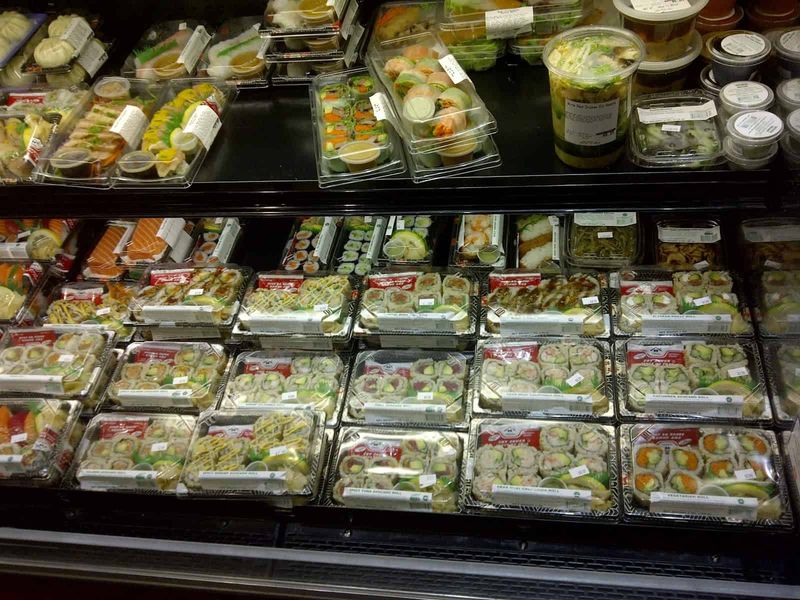
Pre-made rolls stacked in a refrigerated case may offer convenience, but they often sacrifice quality. The texture of rice and fish suffers in cold storage, leading to a less satisfying meal. Sushi should be enjoyed freshly made, with each bite offering a harmonious blend of textures and temperatures.
Imagine the difference between a just-baked loaf of bread and one that’s been sitting on the shelf. That same principle applies here. Freshly prepared sushi bursts with life, while pre-made options can feel like a shadow of what they should be.
3. Overuse of spicy mayo or sauces
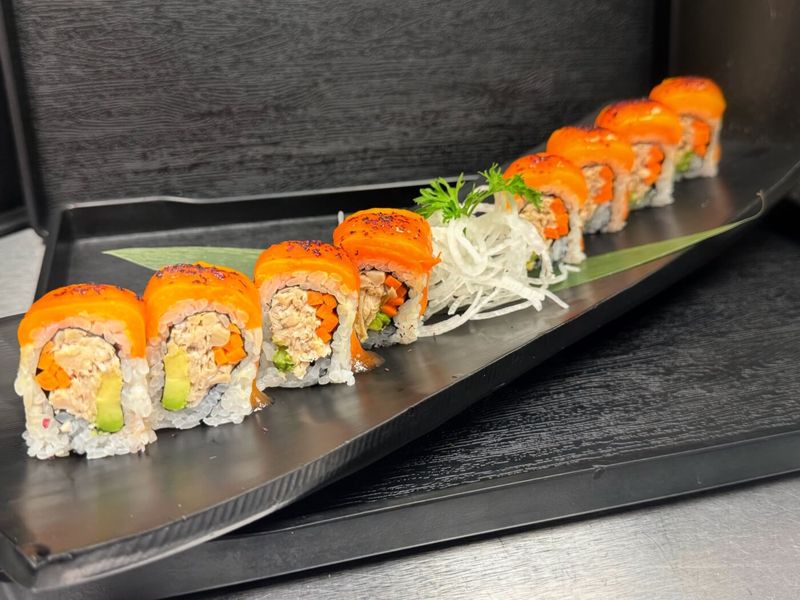
When sushi is drenched in spicy mayo or other sauces, it might be hiding something. While sauces can enhance flavors, overuse often masks low-quality fish or a lack of distinct taste in the ingredients. The beauty of sushi lies in its simplicity, where each component shines through.
Imagine a symphony where the instruments are drowned out by one loud note. That’s how overwhelming sauces can affect a sushi roll. Opt for rolls where sauces complement, not overpower, allowing the freshness and craftsmanship to take center stage.
4. Room-temperature rice that’s hard or dry
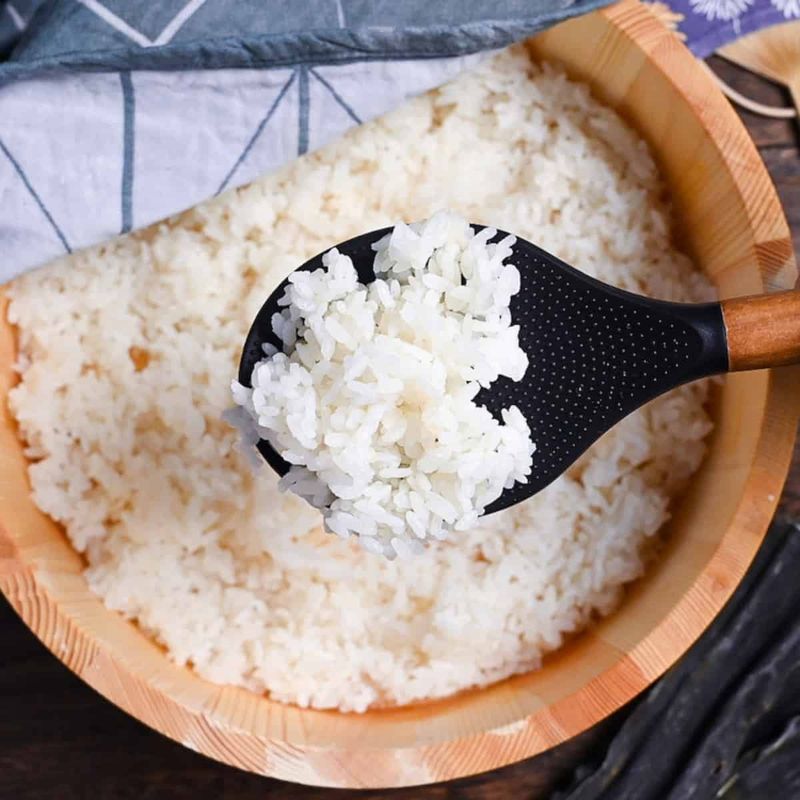
Rice is the heart of sushi, and its quality can make or break the experience. If the rice is room temperature, hard, or dry, it’s a sign of poor preparation. Sushi rice should be slightly warm, tender, and gently seasoned, providing the perfect foundation for the other ingredients.
Think of the comforting warmth of a home-cooked meal; that’s the feeling great sushi rice should evoke. It should be inviting and harmonious, not something that leaves you longing for better. When the rice is off, the whole roll feels lackluster.
5. Imitation crab in everything
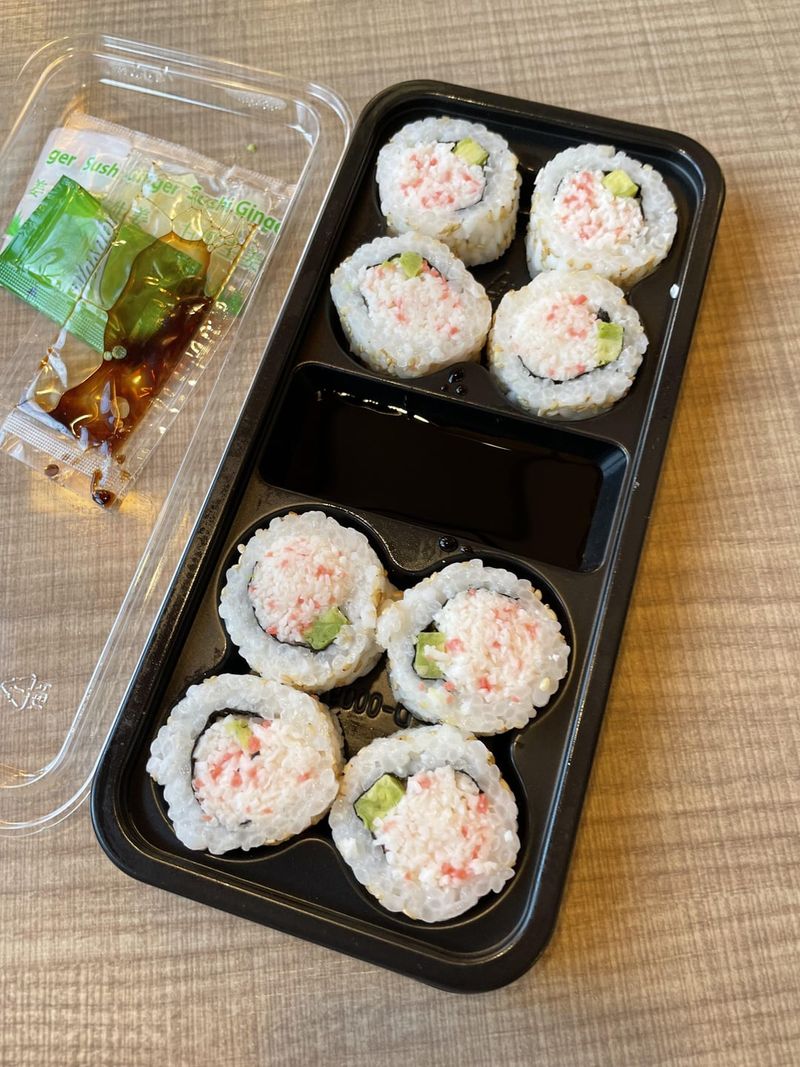
While imitation crab has its place in sushi, relying too heavily on it can signal a lack of quality or creativity. A menu dominated by surimi may indicate that fresh, authentic ingredients are in short supply. True culinary artistry in sushi embraces variety and freshness.
Picture a painter with only one color to work with. That’s akin to a sushi chef who leans too heavily on imitation crab. A vibrant menu should showcase a spectrum of flavors, drawing from the ocean’s bounty, not just a singular note.
6. Lack of seasonal or regional fish options
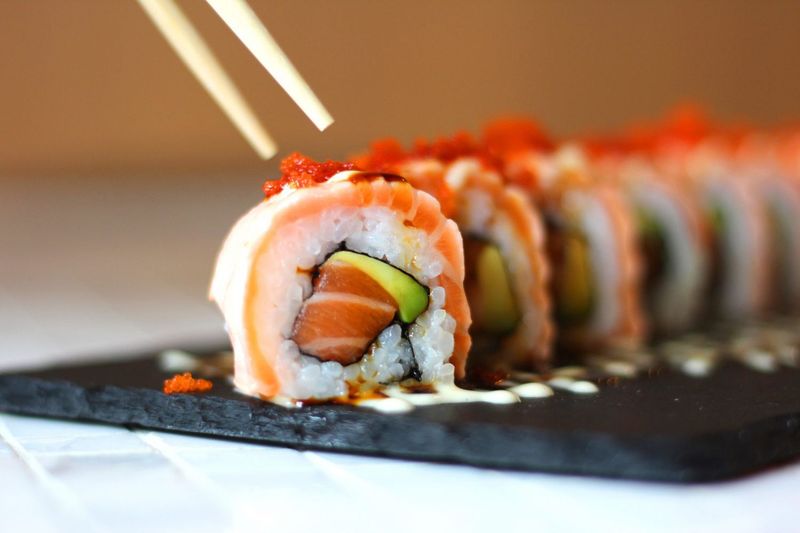
A static sushi menu lacking seasonal or regional fish options can be a red flag. It may suggest a lack of creativity or an unwillingness to source fresh ingredients. A great sushi spot showcases the best of the season, offering variety and new experiences.
Imagine walking through a farmer’s market, the stalls teeming with the freshest seasonal produce. Sushi should reflect that same vibrancy, adapting to what’s available and at its peak. When a menu remains unchanged, it might be missing the magic of seasonal delights.
7. Sloppy knife work
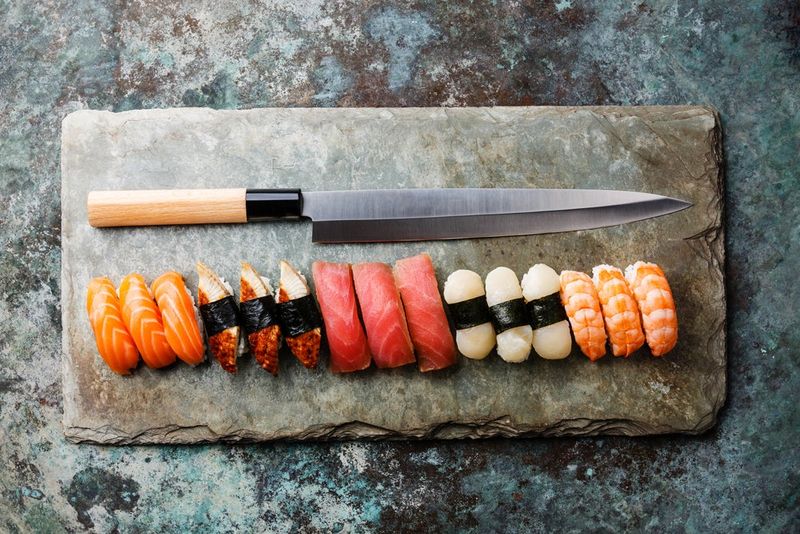
The art of sushi is as much about presentation as it is about flavor. Sloppy knife work, resulting in jagged slices or rolls falling apart, is a sign of inexperience or lack of care. Sushi should be a visual and gustatory delight, where precision and skill are evident in every cut.
Consider a beautifully wrapped gift; the anticipation builds as you admire the careful presentation. Sushi should inspire the same admiration. When knife work is careless, it detracts from the overall experience, leaving you with more questions than satisfaction.
8. All-you-can-eat with low prices
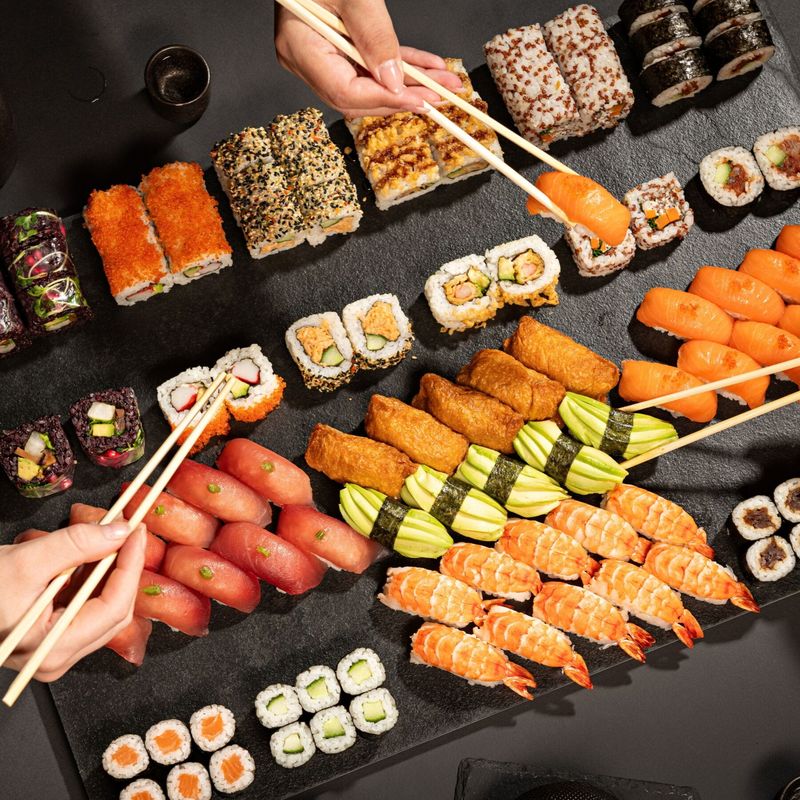
An all-you-can-eat sushi option at rock-bottom prices can be enticing, but it often comes with hidden costs. Quality, freshness, and craftsmanship may be sacrificed to deliver volume. True sushi artistry thrives on quality over quantity, where each bite is a thoughtfully crafted masterpiece.
Imagine a grand feast where every dish is meticulously prepared. That’s what quality sushi should feel like, not a rushed affair where corners are cut. When prices are too good to be true, it’s wise to ponder what’s being compromised for that endless plate.
9. Clean, neutral aroma
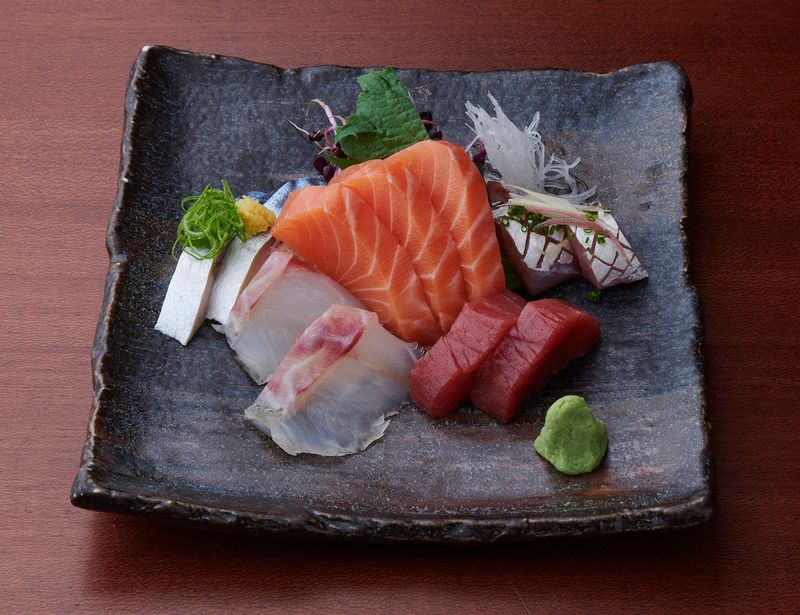
High-quality sushi fish should greet you with a clean, oceanic aroma. It’s a sign that the fish is fresh, inviting you to savor its natural flavor without distractions. A neutral scent should transport you to a peaceful seaside, where the air is crisp and invigorating.
Imagine walking along a serene coastline, the waves gently lapping against the shore. That’s the kind of sensation great sushi fish should evoke. If the aroma is right, it’s a promising start to an excellent dining experience that celebrates freshness and purity.
10. Well-balanced rice
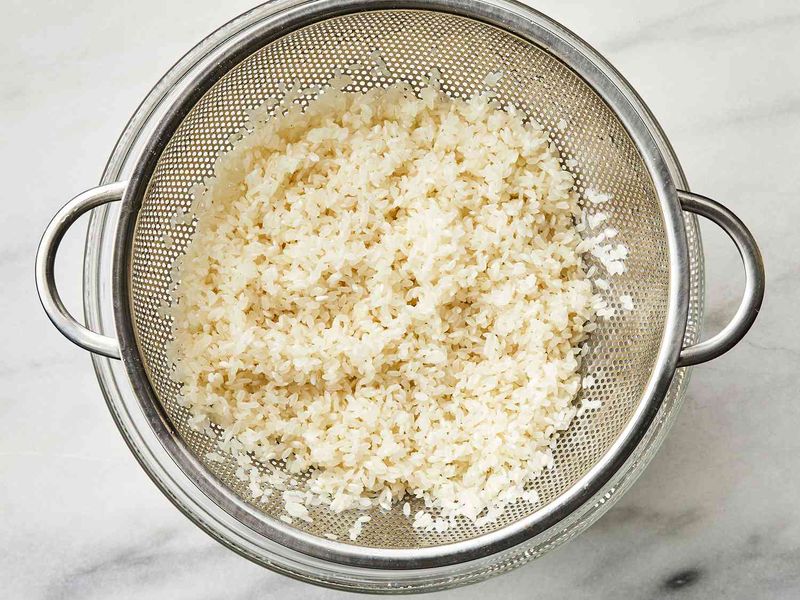
Rice is the cornerstone of any sushi creation, and when done right, it elevates the dish to new heights. Well-balanced rice should be slightly warm, delicately seasoned with just the right amount of vinegar, and tender yet firm enough to hold its shape.
Imagine a cozy embrace, where everything fits perfectly and feels just right. That’s what well-prepared sushi rice should offer. It’s the unsung hero, quietly supporting the vibrant flavors of fish and toppings, ensuring every bite is a harmonious masterpiece.
11. Tight, uniform rolls
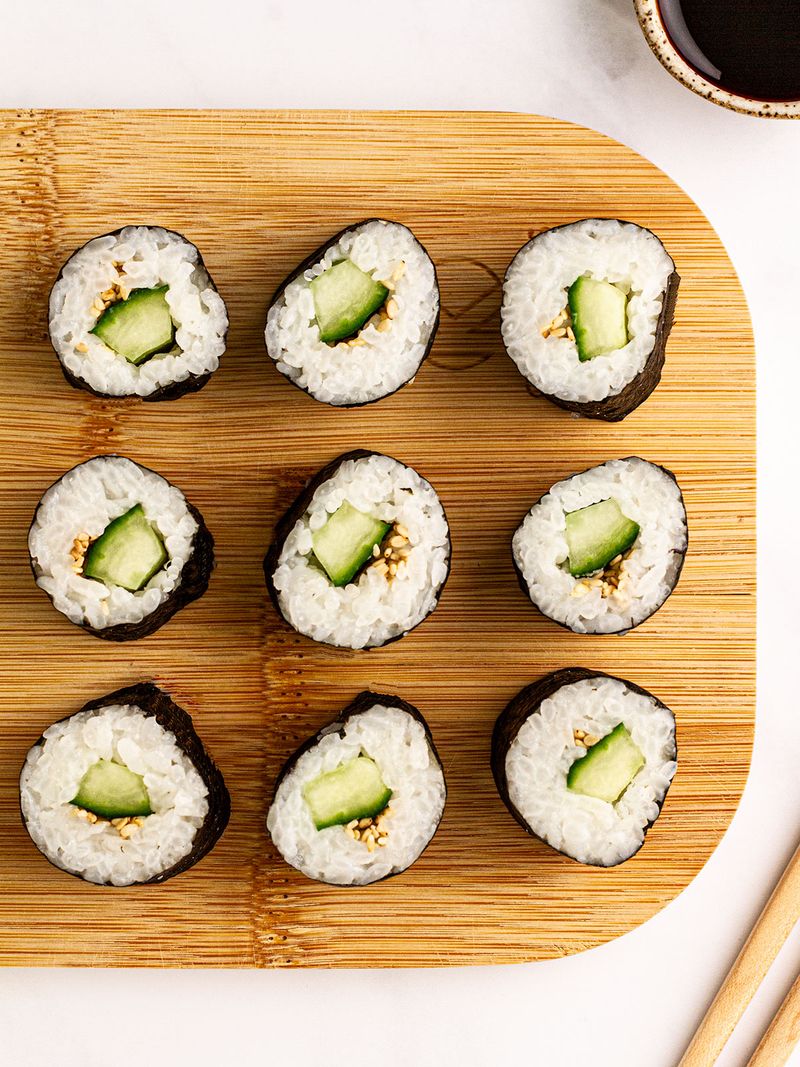
A great sushi roll is a testament to the chef’s skill and dedication. Tight, uniform rolls with even layers exemplify precision and care in preparation. Each bite should feel consistent, with ingredients thoughtfully arranged to complement each other.
Think of a finely crafted piece of art, where balance and proportion are meticulously achieved. That’s the beauty of a well-rolled sushi piece. It’s not just about taste, but also the satisfaction of enjoying something crafted with expertise and passion.
12. Thoughtful use of sauce and garnish
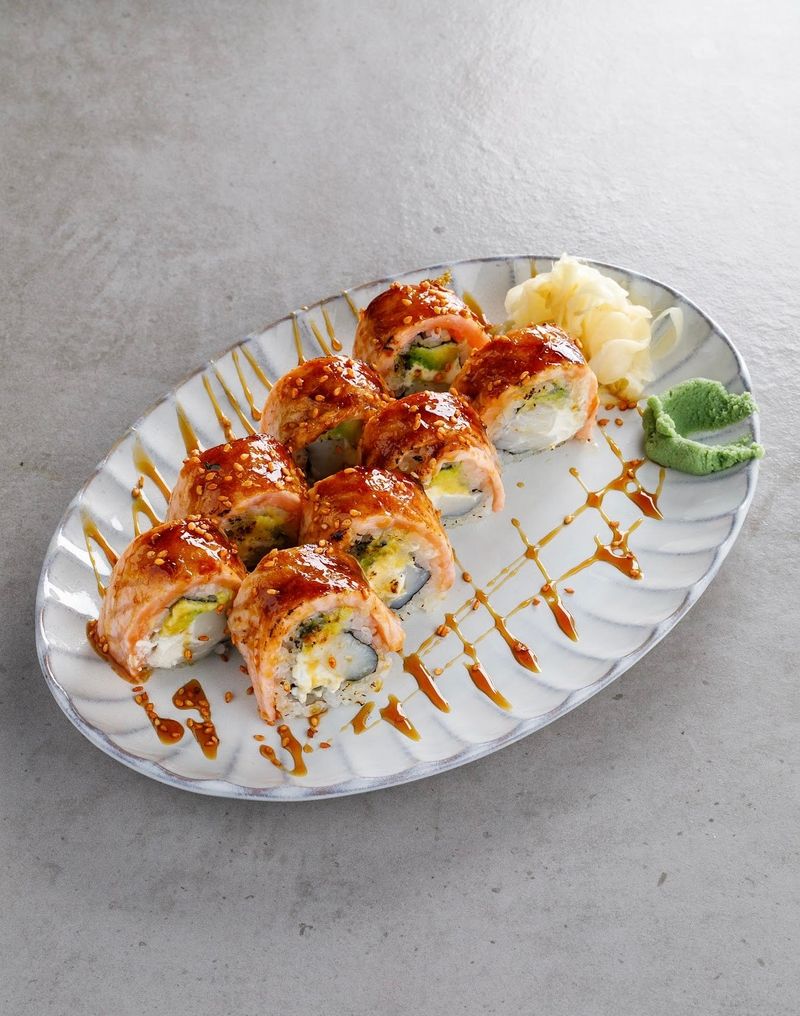
The use of sauce and garnish in sushi should be an exercise in balance. Thoughtful application enhances the natural flavors without overshadowing them. A light drizzle, a sprig of fresh herb, or a touch of citrus can elevate the entire dish.
Imagine a gentle whisper, just loud enough to capture attention without drowning out the conversation. That’s how sauces and garnishes should work on a sushi roll. They add depth and nuance, inviting you to explore each layer of flavor with curiosity and delight.
13. Visible freshness in vegetables and nori
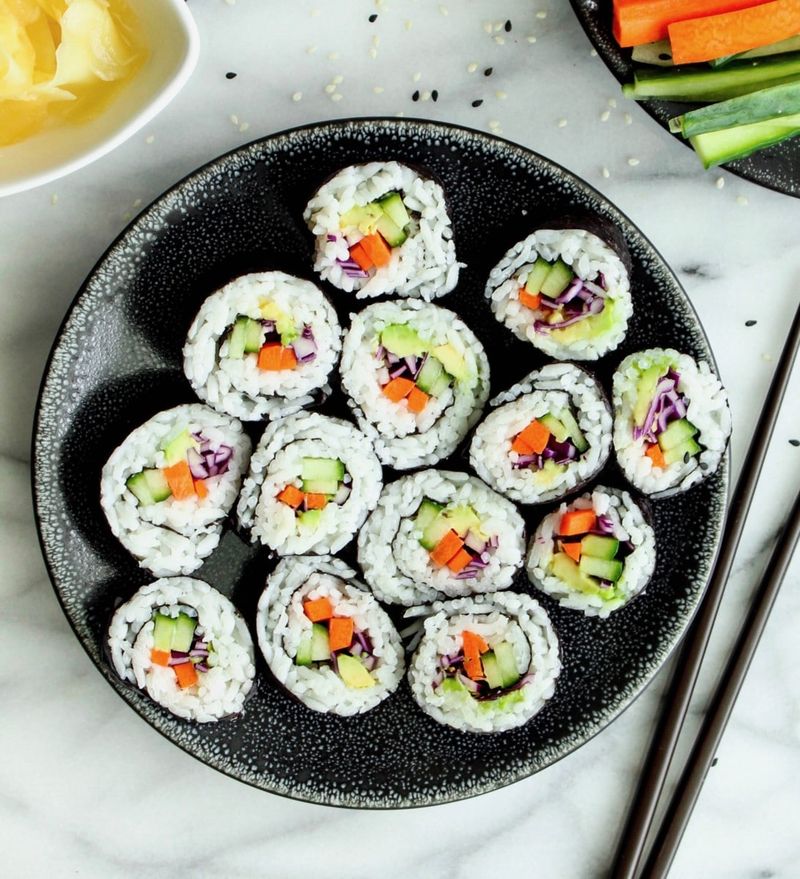
The vibrancy of vegetables and nori in sushi tells a story of freshness and careful handling. Crisp cucumbers, creamy avocado, and shiny, crisp seaweed signify that ingredients are fresh and stored with care. They add a refreshing contrast to the rich flavors of fish and rice.
Imagine biting into a crisp apple, the freshness bursting with each chew. That’s the sensation fresh vegetables and nori should deliver in sushi. It’s a dance of textures that delights and refreshes, adding vitality to each bite.
14. Variety of fish options (including seasonal)
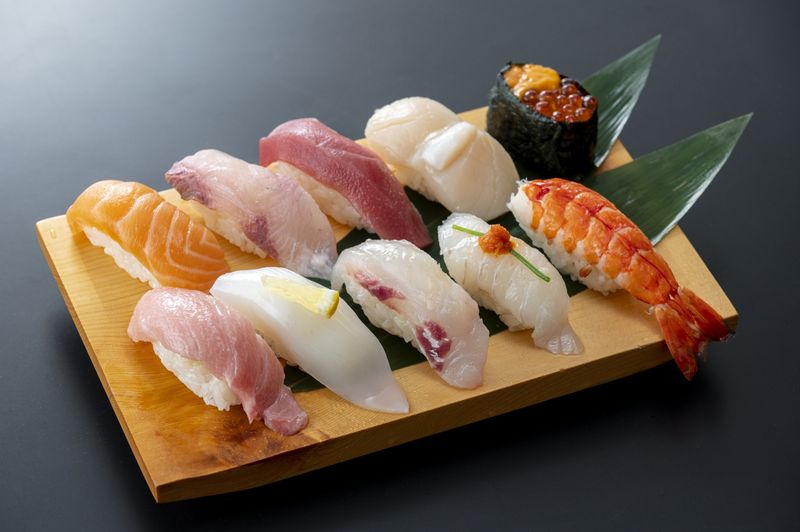
An impressive sushi menu often features a variety of fish options, including seasonal and lesser-known varieties. This reflects a commitment to quality and an appreciation for the art of sushi-making. It’s a testament to the chef’s expertise and willingness to explore unique flavors.
Think of a rich tapestry woven with diverse threads, each adding to the overall beauty. That’s the allure of a varied sushi menu. It invites diners to venture beyond the familiar, discovering new favorites while respecting the craft’s traditions.
15. Experienced sushi chef behind the counter
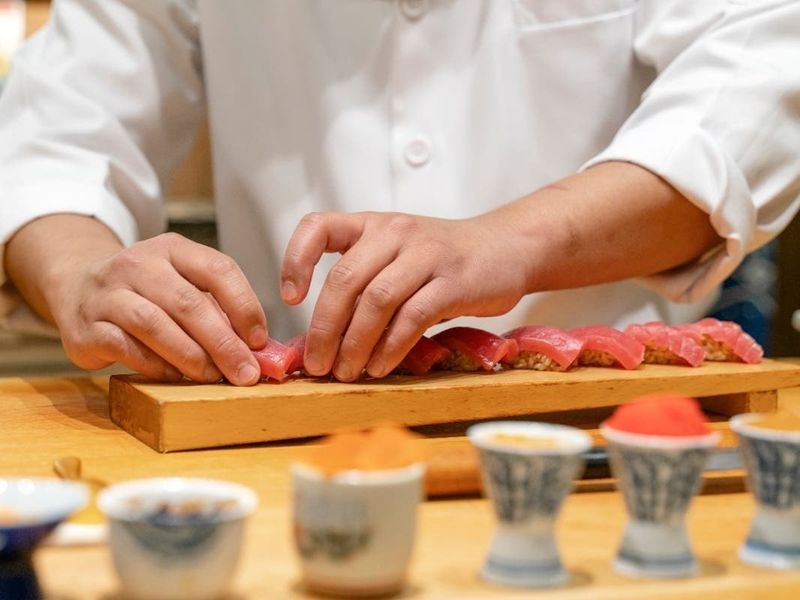
An experienced sushi chef brings wisdom and artistry to every dish. Observing a chef skillfully slicing fish or engaging warmly with customers enhances the dining experience. It assures patrons that they are in capable hands, where every roll is crafted with expertise and passion.
Imagine watching a master artist at work, each brushstroke filled with intention and grace. That’s the experience of dining where a skilled sushi chef leads. Their presence is a promise of quality, turning each meal into a memorable occasion.
16. Clean, organized workspace
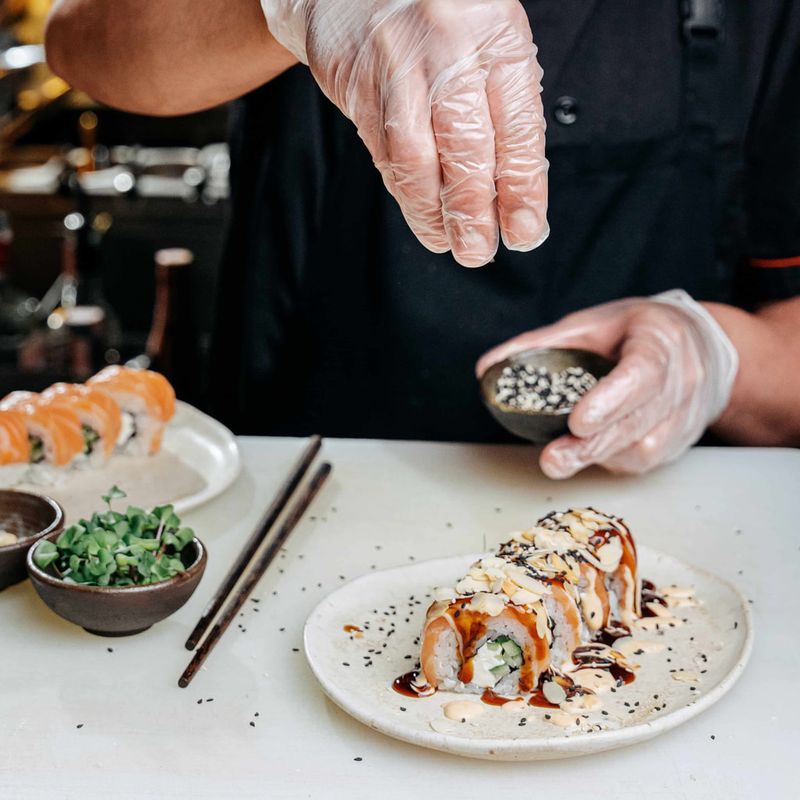
A clean and organized workspace is a hallmark of a professional sushi establishment. It reflects the care and attention to detail that goes into each dish. A tidy prep area and properly chilled display case indicate a commitment to hygiene and quality.
Imagine entering a well-organized studio, where everything has its place and purpose. That’s the impression a clean sushi counter should give. It reassures diners that their food is prepared with the utmost care, respecting both the craft and the customer.
